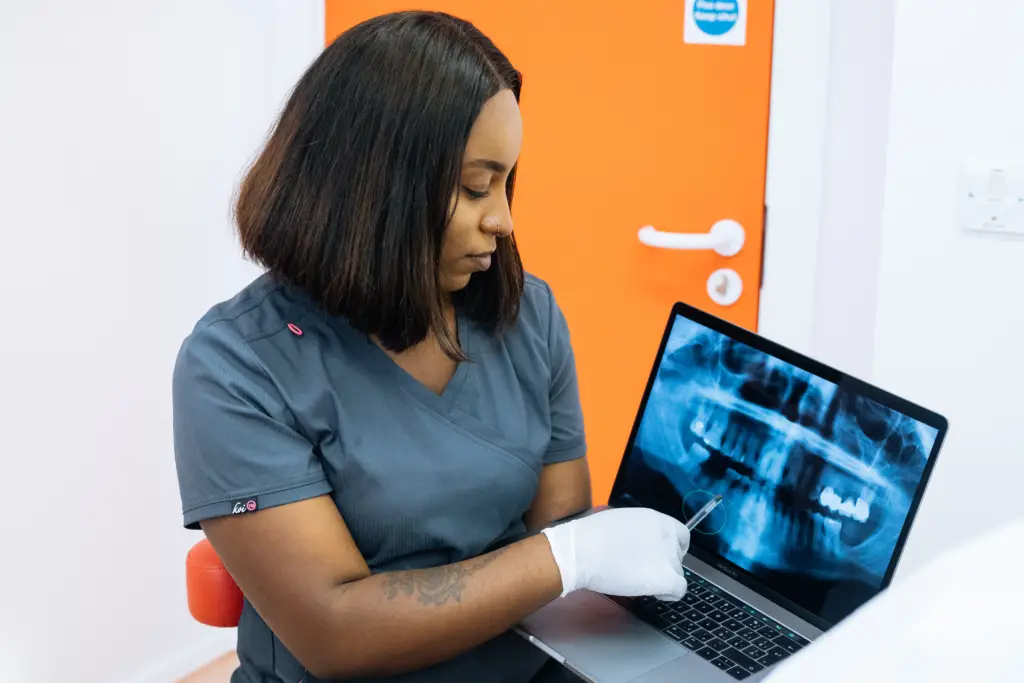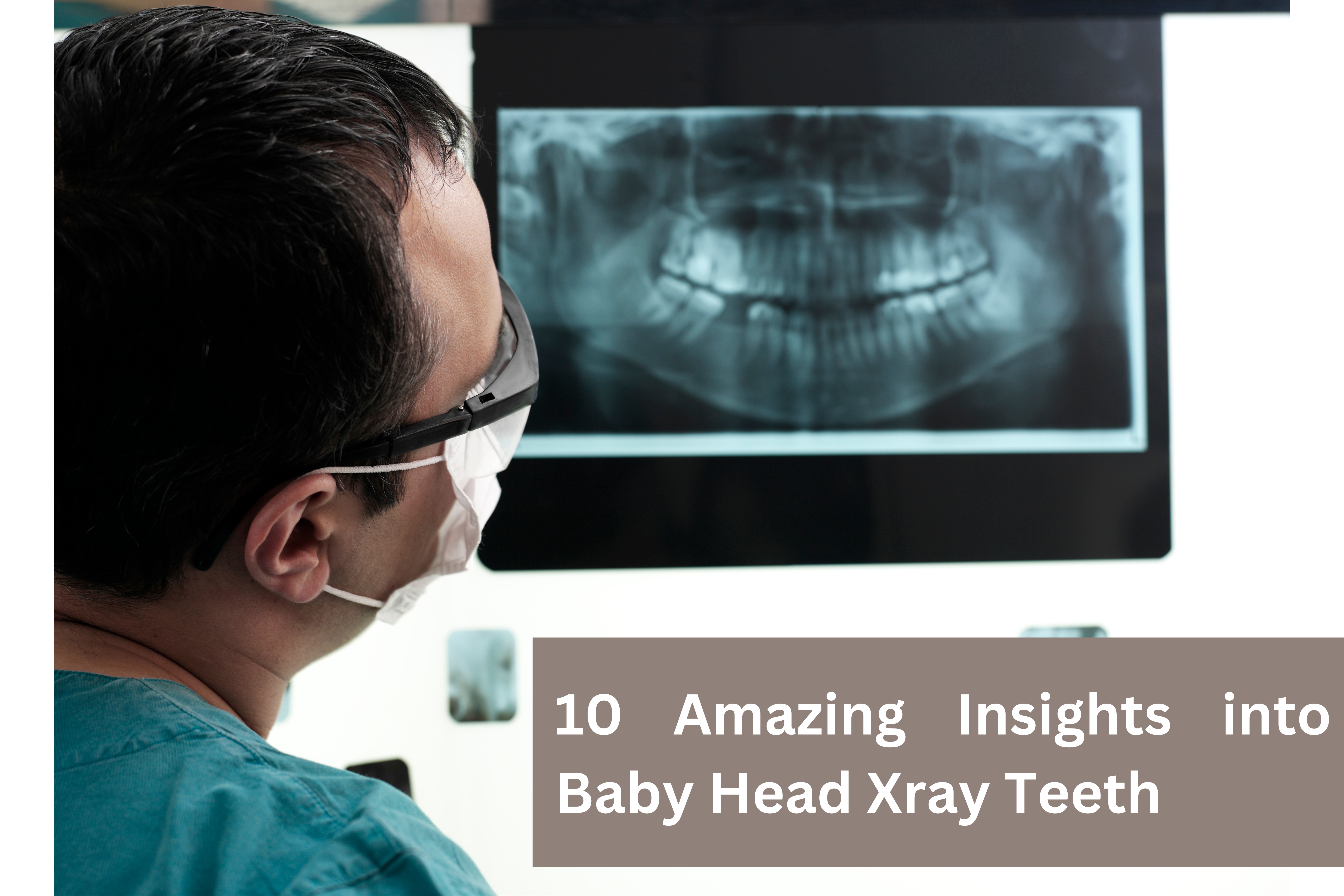The realm of pediatric dentistry has been buzzing with advancements, and one diagnostic tool that stands out is the baby head xray teeth. But why is it so essential? As a parent or guardian, you might have had your reservations. Join us as we journey through the intricate world of baby dental x-rays.
Understanding Baby Head Xray Teeth
The baby head xray, popularly known as a dental x-ray for infants, is a diagnostic method to visualize the budding teeth beneath the gums. It’s not just about spotting cavities; these x-rays can reveal a lot more than what meets the eye. From detecting developmental abnormalities to ensuring that the teeth are growing in the right direction, this tool is indispensable.
History and Development of Pediatric Dental X-rays
The history of pediatric dental x-rays is both riveting and revolutionary.
Evolution over the Years
From blurry images to clear, high-definition pictures, dental x-rays have come a long way. The earlier models were not just less efficient but also exposed children to higher radiation.
Key Breakthroughs
In the late 20th century, the introduction of digital x-rays reduced radiation exposure and provided clearer images. With the advent of technology, we now have portable x-ray machines, making the procedure less intimidating for the little ones.
Why is a Baby Head X-ray for Teeth Necessary?
It’s not just about the now; it’s about the future.
Identifying Early Dental Issues
These x-rays help in spotting cavities that might be lurking between the teeth, ensuring that any dental issue is addressed before it becomes a significant concern.
The Role of Genetics
Sometimes, dental issues run in the family. An x-ray can predict if your child might face certain dental challenges in the future, helping you stay one step ahead.
The Procedure: What to Expect
It’s natural for parents to be apprehensive, but knowledge is power.
Preparation for the X-ray
Generally, no special preparation is needed. Your child will be draped in a lead apron to protect them from radiation.
During the X-ray
The dental professional will place a small device, known as a sensor, inside the child’s mouth. The x-ray machine will then take pictures of the teeth. The procedure is quick and painless.
Post X-ray Care
Typically, no specific aftercare is required. You can carry on with your day as usual!
Safety Concerns and Myths Busted
One of the biggest concerns parents have is the safety of these x-rays. Let’s set the record straight.
Radiation Exposure
While there is a minimal amount of radiation involved, the lead apron ensures that it doesn’t harm your child. Moreover, the radiation is akin to the exposure one would get on a short flight.
Benefits Outweigh the Risks
The insights from a baby head xray teeth are invaluable. It helps nip potential dental problems in the bud, ensuring a brighter and healthier smile for your child.

Interpreting the Results
The results might look like mere shadows to the untrained eye, but to a dentist, it’s a treasure trove of information.
Signs of a Healthy Dental Structure
Uniform spacing between budding teeth and no signs of cavities or infections are indicators of good dental health.
Potential Issues and Their Implications
Misaligned teeth, cavities, or growths can be detected early, allowing for timely interventions.
Alternative Diagnostic Methods
While baby head xray teeth are invaluable, they aren’t the only diagnostic tools available.
Ultrasound Imaging
This is a radiation-free method, often used to visualize soft tissues.
Magnetic Resonance Imaging (MRI)
Although not common for dental diagnostics, MRI can provide comprehensive images of the oral cavity.
Baby Head X-ray Teeth in Different Cultures
Asia
In countries like Japan and South Korea, regular dental check-ups, including x-rays for children, are a cultural norm.
Europe
European countries emphasize preventive care, making dental x-rays a routine procedure for children.
Cost and Insurance
Pricing Factors
The cost can vary based on location, the complexity of the procedure, and the clinic’s reputation.
Insurance Coverage and Reimbursements
Many insurance plans cover pediatric dental x-rays, but it’s always a good idea to check with your provider.
FAQs
- How often should my child get a dental x-ray?
Typically, once a year is sufficient unless there are specific concerns. - Are there any side effects?
No, dental x-rays are safe and have no lingering side effects. - What age is appropriate for the first x-ray?
It’s usually recommended around the age of two or when the child has a few teeth. - Can I be with my child during the procedure?
Most clinics allow one parent in the room, but it’s best to check beforehand. - Is there an alternative to the traditional x-ray?
Yes, some clinics offer digital x-rays, which are faster and reduce radiation exposure. - Do baby teeth need as much care as permanent teeth?
Absolutely! Baby teeth set the foundation for permanent teeth and overall oral health.
Conclusion
The baby head xray teeth is more than just a diagnostic tool; it’s a gateway to understanding the mysteries of your child’s developing dental structure. It’s about ensuring they have a radiant smile for years to come. So, the next time your dentist suggests this x-ray, remember, it’s all in your child’s best interest.

